These Are The Most Dangerous Things In The World
Everyday activities, from driving to cooking raw meat, can be dangerous if you aren't careful. But some places, animals, and activities are more dangerous than others. One food is 1,200 times more poisonous than cyanide if you don't cook it right. And in America, one car threatened to explode at any moment. From jobs to sea creatures, here are the world's most dangerous things.
The Deadliest Job: Logging
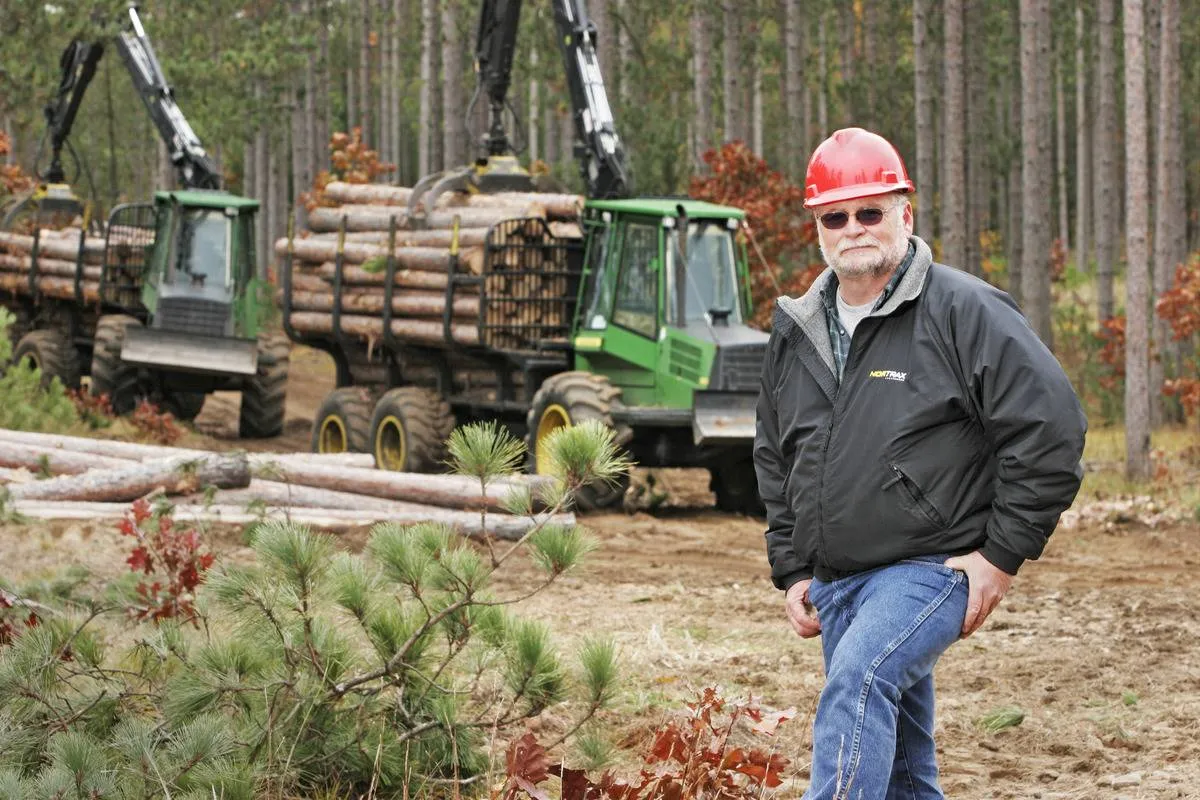
In 2019, the Bureau of Labor Statistics calculated the most dangerous jobs in America based on the average number of injuries and fatalities. The most dangerous position is logging. Every year, loggers suffer 135.9 fatal injuries per 100,000 workers, and it's even more in some places.
For perspective, this is 30 times higher than the national average. Every year, the industry sees 2,449 injuries on the job. Although logging is physically demanding, timber companies do not always take precautions to protect their workers.
The "Little Carefree Car" Ended Up Exploding
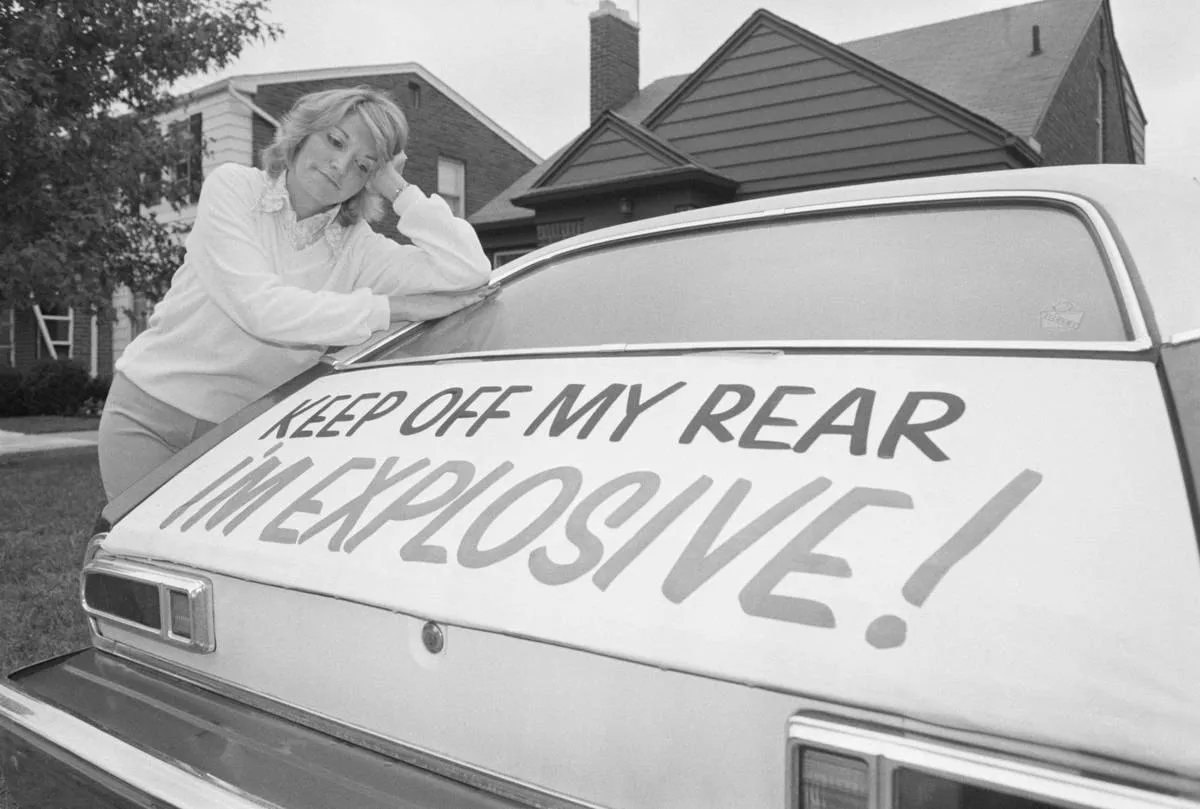
In 1971, Ford released its new car called the Ford Pinto. After only five years in service, it became known as the deadliest car ever built. The Pinto had a severe design flaw in the fuel tank, which was located near its rear bumper. If a tail-end collision happened, the car would burst into flames.
On top of that, doors had a tendency to jam, which trapped drivers if a fire did occur. At least 27 deaths were linked to the Pinto. Despite being marketed as "The Little Carefree Car," it required a recall in 1976.
These Are The Most Dangerous Times To Drive
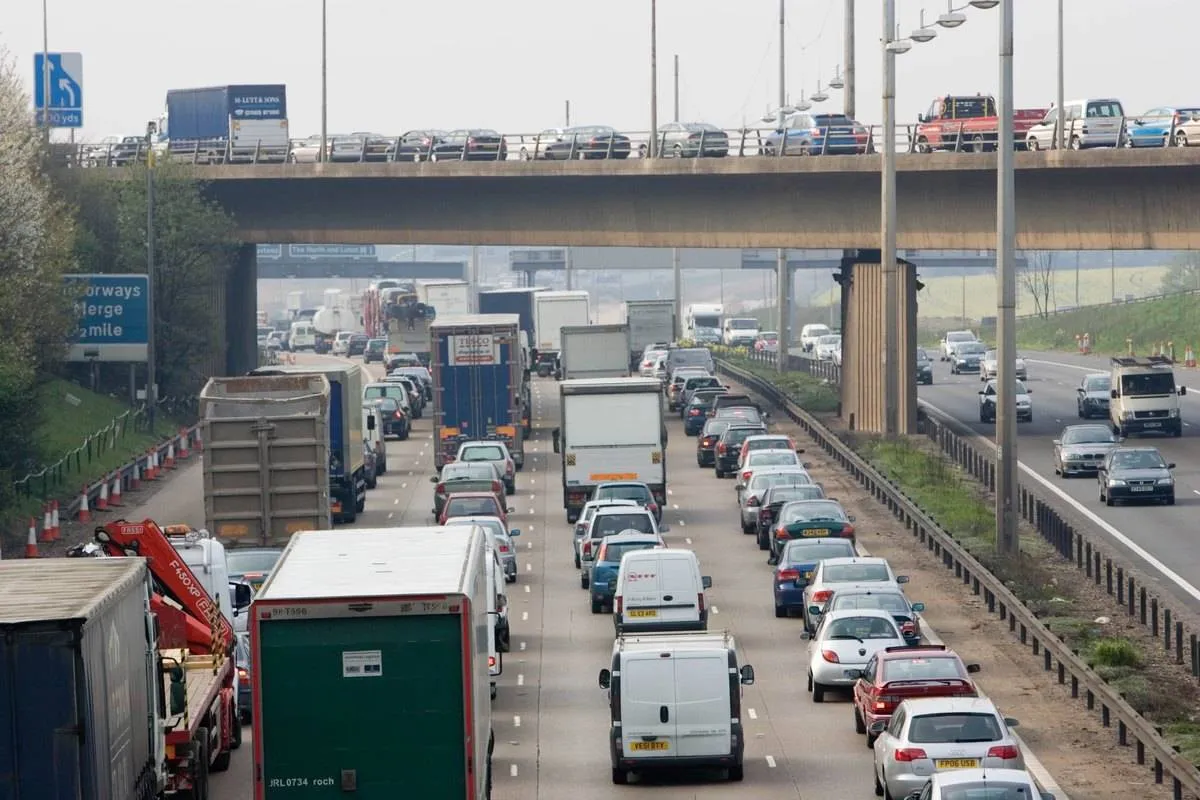
In 2016, Avvo conducted a study to determine the most dangerous time to drive. In the United States, most accidents occurred during work rush hours. These are between 7:00 a.m. and 9:59 a.m., and later between 4:00 p.m. and 6:59 p.m.
During these hours, people are 85% more likely to get into a car accident than any other time of day. In 2016 alone, 6,067 crashes occurred during the morning commute, and 6,201 happened during the afternoon commute. While many cannot avoid driving during these times, they should be careful.
No Airline Has Had More Accidents Than Trigana Air

Planes from Trigana Air travel to 12 different destinations across Indonesia with no international flights, possibly because it is banned in both the U.S. and European Union. Since 1991, this airline has had 14 fatal accidents.
The worst crash was Trigana Air Flight 267. In August 2015, a plane ran into the Bintang highlands in Oksibil, killing five crew members and all 49 passengers. It was caused by flight pattern deviation and a lack of safety precautions, which is sadly common for Trigana Air.
This Tiny Jellyfish Is The World's Deadliest Sea Creature
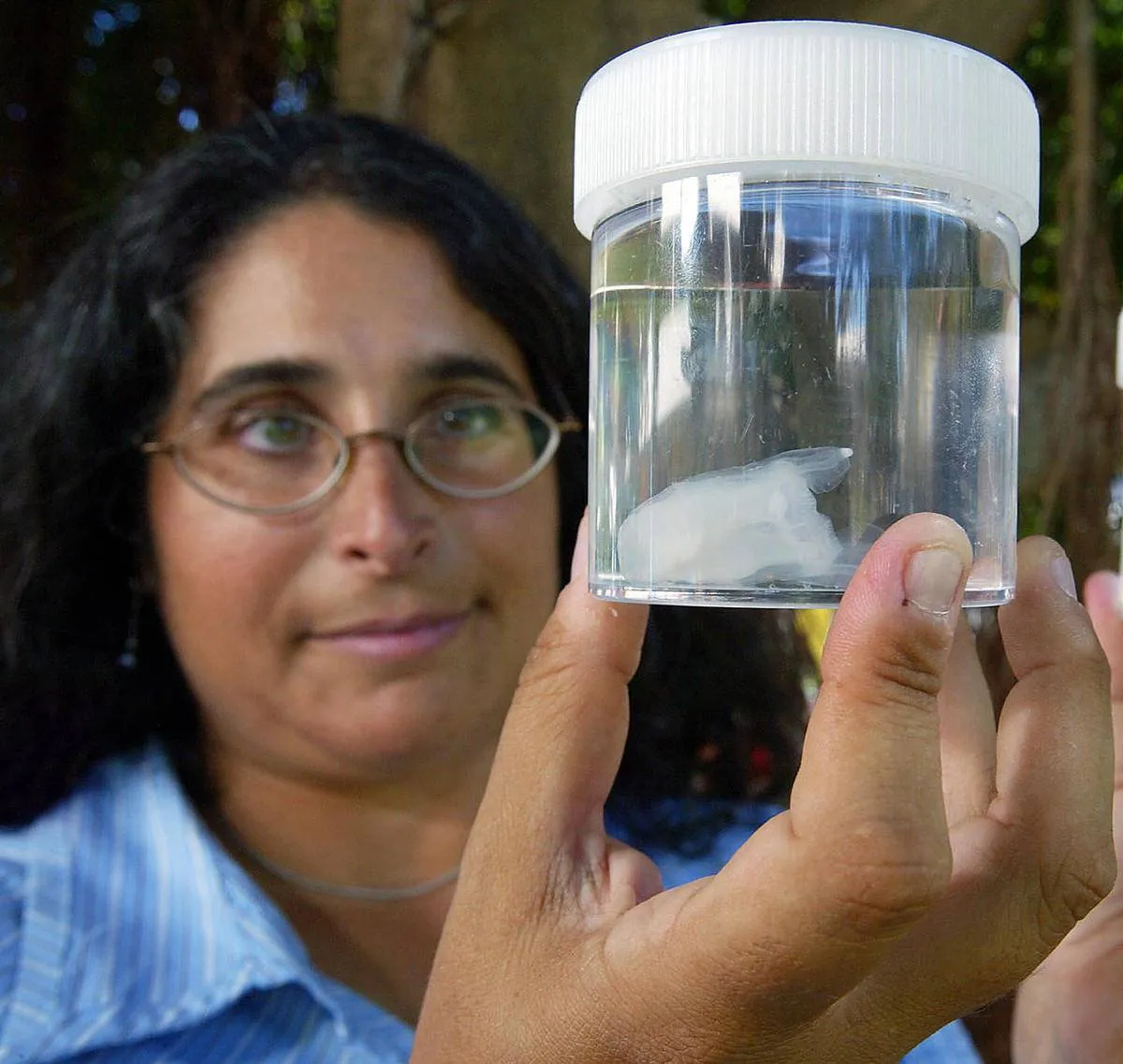
The world's deadliest sea creature is not a shark or eel, but a jellyfish. There are more than 50 species of box jellyfish, and only a few of them of toxic. But they are VERY toxic. Australian box jellyfish have tentacles up to ten feet long, and a single sting can cause a heart attack, paralysis, and death within minutes.
The most insidious species of box jellyfish is the Irukandji. It is only a cubic centimeter long, so it can slip through most safety nets along Australian beaches. But it is incredibly deadly; a single sting can cause Irukandji syndrome, which results in heart attack and death.
If You Don't Cook Fugu Right, It'll Be More Toxic Than Cyanide

Fugu is such a dangerous food to eat that it is banned in the United States. Fugu is a breed of pufferfish, and if it is not cooked exactly right, it can be 1,200 times more toxic than cyanide. It is also expensive, with meals costing around $120 in Japan.
So why do chefs continue to serve it? The poison, tetrodotoxin, is mainly found in the reproductive organs, which chefs remove. Even so, mistakes can be made, and 23 people have died from eating fugu in Japan since 2000. If you see it offered overseas, you might want to skip it.
Would You Dare Cross The Hussaini Hanging Bridge?

Only the bravest travelers will go to Hussaini, Pakistan, to cross the Hussaini Hanging Bridge. This rickety cable and plank bridge is the most dangerous in the world. Hanging over Borit Lake, the bridge is missing several planks and often swings from strong winds.
The Hussaini Hanging Bridge is 660 feet long and stands up to 100 feet above the river bed. Many of the planks are several feet apart. Even so, it has become a popular tourist attraction, and Hussaini Village charges 200 Pakistan rupees to cross it. They even sell cherry juice nearby.
The Manchineel Tree Can Burn Through Cars
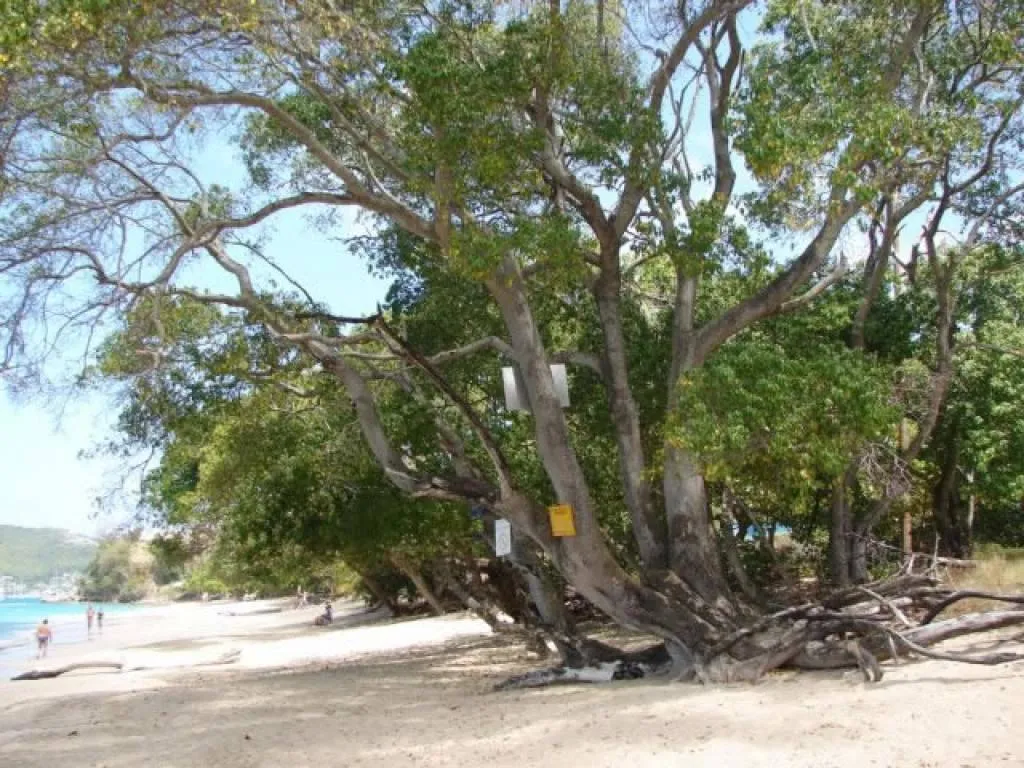
Manchineel trees grow along the sandy beaches of the Caribbean and Gulf of Mexico. They are known for their toxic fruits, nicknamed Poison Guavas. But many don't know that every single part of this tree is poisonous, making it the most dangerous tree in the world.
The manchineel's milky sap is corrosive, and it will quickly burn through a person's skin and even their car. The bark also contains an instantly-acting toxin that creates burning rashes. It can cause acute dermatitis, lung damage, digestive tract damage, and painful and temporary blindness. Ingesting it can be a death sentence.
Nature's Most Dangerous Pool Might Send You Down A Waterfall
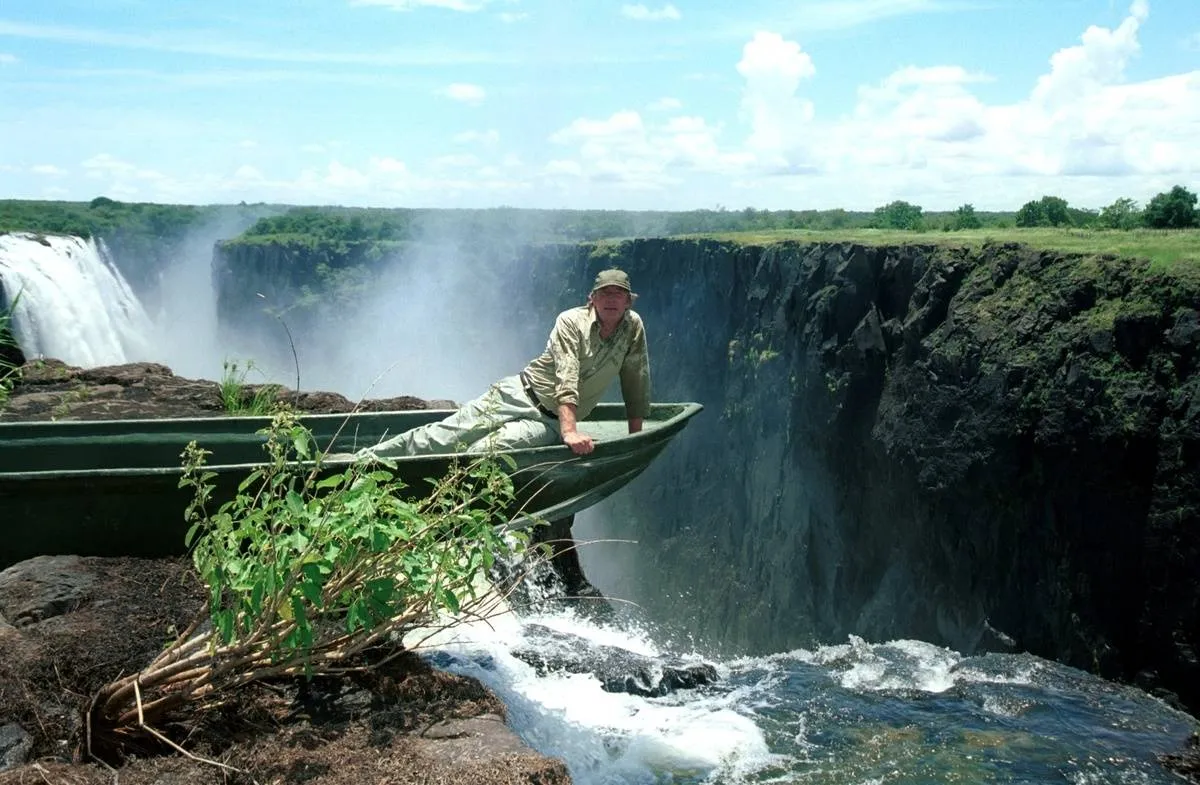
Pools aren't that dangerous, right? Well, natural pools can be, such as Devil's Pool in Zambia. It is an infinity pool, which sits on the edge of a waterfall and looks like it's floating in the sky. The problem? Millions of gallons of water pour down Victoria Falls.
Because of the optical illusion and lack of current, many visitors do not notice the waterfall while standing in Devil's Pool. But if they look over the edge (which many do), they'll see a 360-foot drop into sharp rocks. Since 1959, 17 people have died while swimming in Devil's Pool.
The World's Most Fatal Disease Tackles The Heart

According to the World Health Organization, the deadliest disease in the world is cardiovascular disease, specifically ischaemic heart disease. It is responsible for 16% of the world's deaths, and in 2015 alone, it killed 8.5 million people.
Ischaemic heart disease, also called coronary artery disease, occurs when the heart does not receive enough blood. High blood pressure and cholesterol constrict blood vessels, which makes the heart work harder. Patients often experience pain in their chest and they might pass away from a heart attack or stroke.
BASE Jumping: Far More Dangerous Than Skydiving
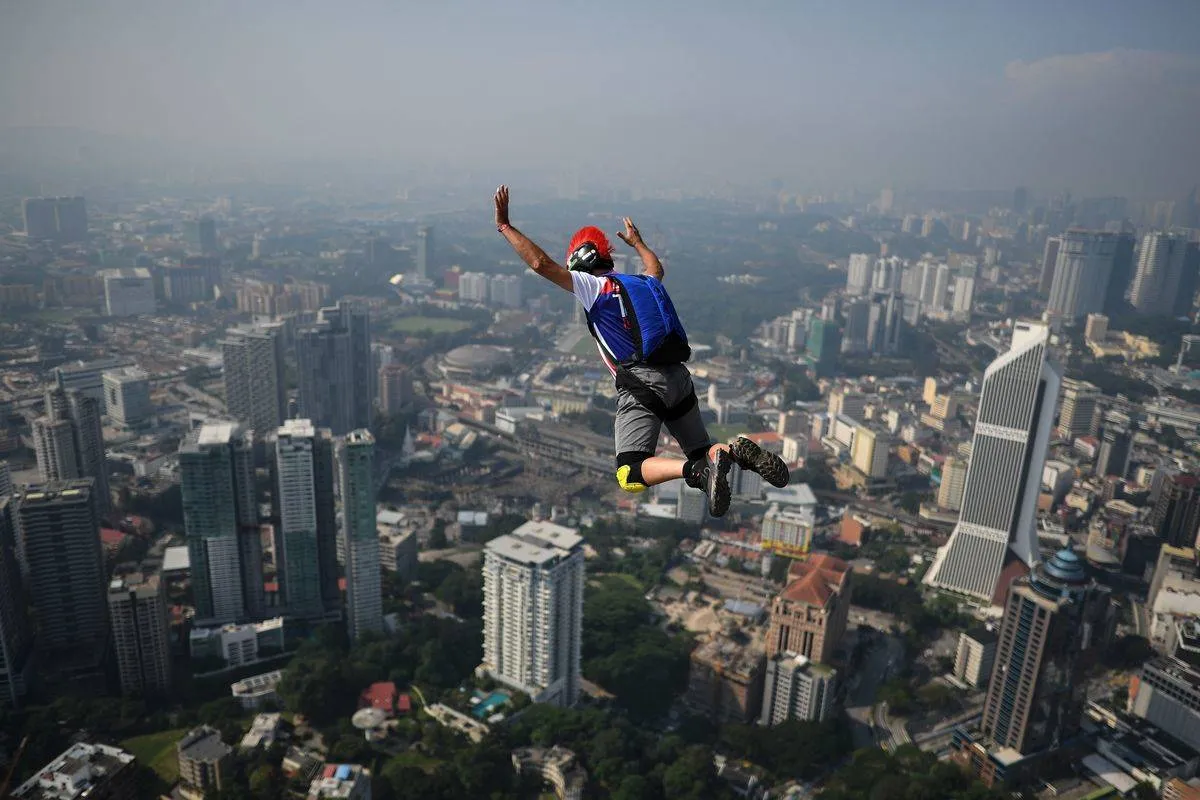
The world's most dangerous sport is not boxing, mountaineering, or even sky diving; it's BASE jumping. BASE jumping is when people hurl themselves off of mountains, buildings--anything that's not a plane--with a parachute. Since 1981, 383 people have died from this sport. That's 43 times more lethal than skydiving.
BASE stands for Building, Antennae, Span, or the Earth. Because these locations are much lower than planes, people have to deploy their parachutes a few seconds after jumping. Although jumpers aim to go higher than 3,000 feet, that is often not possible. If it is lower, many cannot deploy their parachutes in time.
The Most Dangerous Insect Is An Ant

When thinking about dangerous insects, many might picture a mosquito or spider. But the world's deadliest insect is the Dorylus, also known as driver ants or army ants. Found in southern Africa and Asia, these ants will eat anything in their path--even humans.
Colonies can contain 22 million driver ants, and they are nomadic. They march from place to place in search of more food. If an animal cannot get away, they will eat them alive with their enormous mandibles. Most humans can get away, but some have died (as depicted in Indiana Jones and the Kingdom of the Crystal Skull).
Hikers Dangle From 7,000 Feet Along The Hua Shan Trail
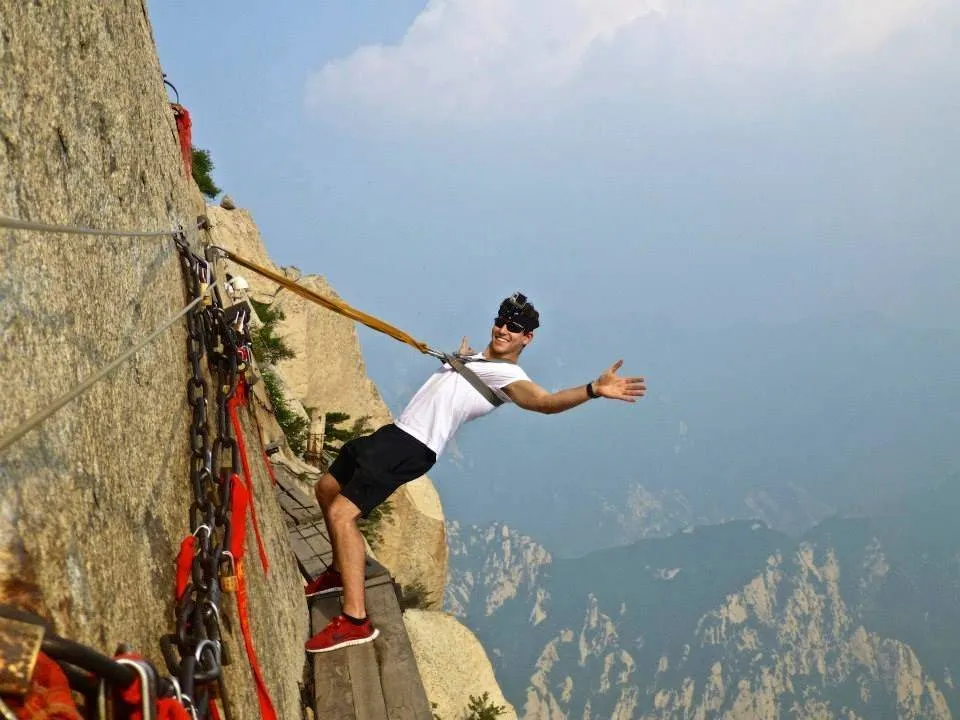
Hikers, beware! The hike to China's Mount Hua is the most dangerous trail in the world. Specifically, the deadliest section is called Plank Walk. This wooden bridge borders the edge of the mountain, over 7,000 feet above the ground.
Hua is one of China's five sacred mountains, and many people hike the trail to reach its shrine. Hikers are secured with an iron chain, but Plank Walk is rickety and broken in some areas. Rumors say that 100 people die there each year, but these numbers may be exaggerated. An official report has yet to be released.
Lake Kivu Is A Time Bomb Of Toxic Gases
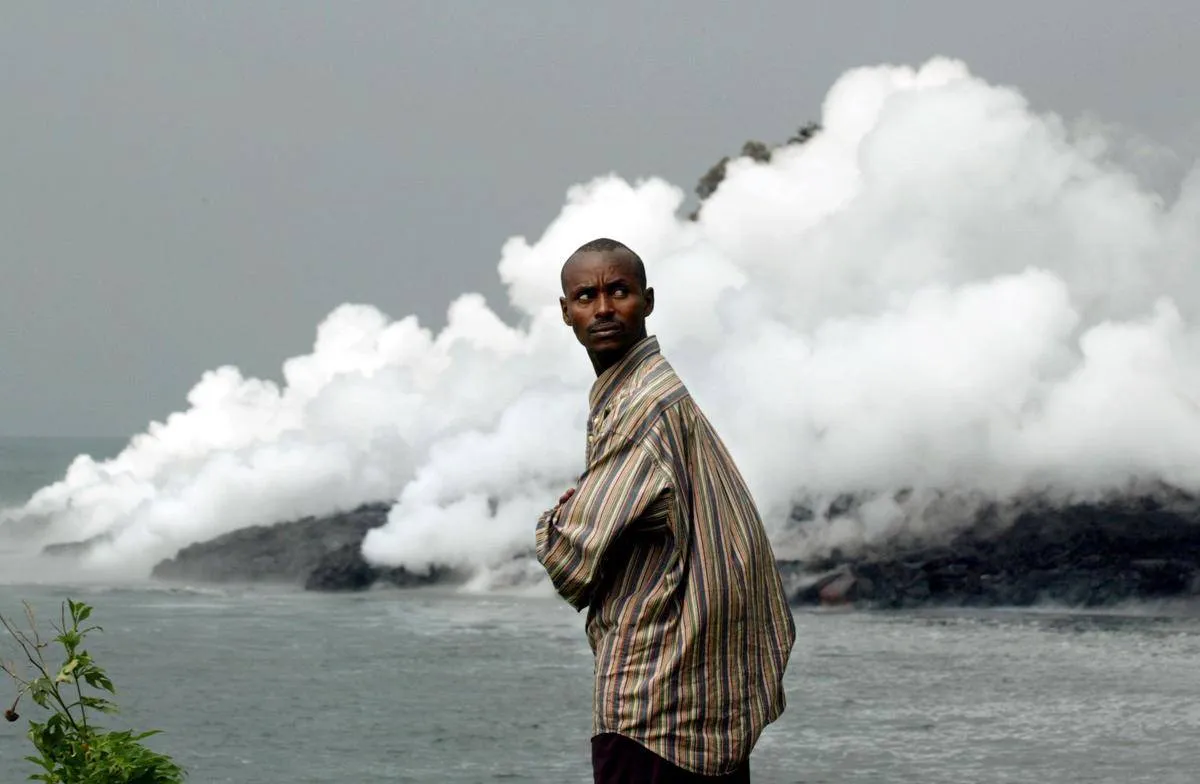
Lake Kivu, which borders the Democratic Republic of Congo and Rwanda, threatens millions of lives each day. Because it lies near volcanic vents, the lake contains 72 cubic miles of carbon dioxide and 14 cubic miles of methane. It is quite literally a poisonous lake.
If these gases are released through an earthquake or landslide, the results will be devastating. Scientists warn that the toxins could suffocate residents. A similar event happened in 1986 with Lake Nyos in Cameroon. It killed 1,700 people, but Lake Kivu is 3,000 times larger than Lake Nyos. It could hurt over two million people.
Think Twice Before Driving Along North Yungas Road
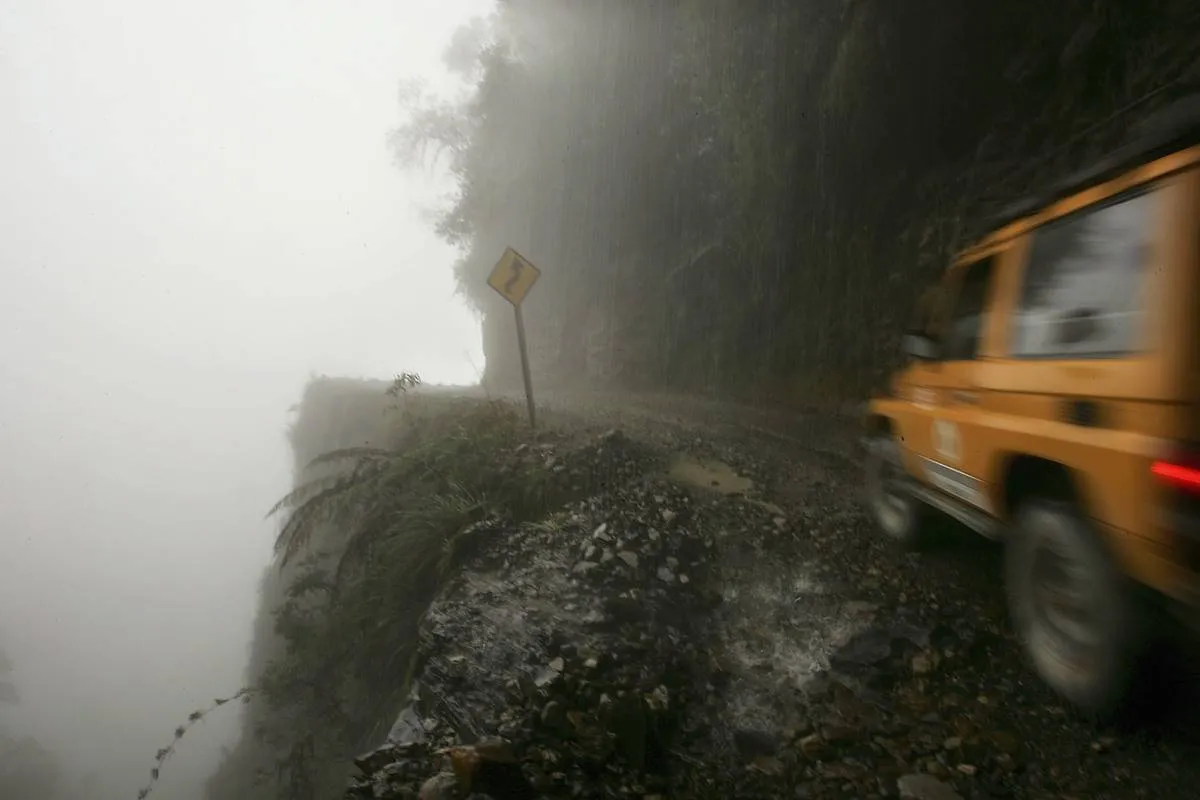
If you ever travel to Bolivia, you might want to avoid North Yungas Road. This road, which connects the capital of La Paz to the Yungas region, is nicknamed "the Death Road." Between 200 and 300 people die driving that road every year.
North Yungas is a dirt road that borders a steep cliffside. It rises from 12,007 feet near La Paz to 15,255 feet in altitude. The road has no fences, and anyone who falls off will drop 1,968 feet down. Warm, humid winds and rain also create mudslides and tumbling rocks.
Why Tijuana Became The Most Dangerous City

Although Tijuana, Mexico was once a preferred vacation destination, a 2020 study labeled it as the most dangerous city in the world. Tijuana is notorious for its high poverty and crime rate. On average, it has 138 homicides per 100,000 residents, which is seven deaths each day.
How did Tijuana become so dangerous? According to the study, crime skyrocketed after narcotic trafficking entered the city. Two rival gangs, the Sinaloa (El Chapo) and Tijuana cartels, also battle it out in the city. Tourists should watch out for the city's numerous scams and mugging.
Mount Merapi Is More Threatening Than Any Hawaiian Volcano
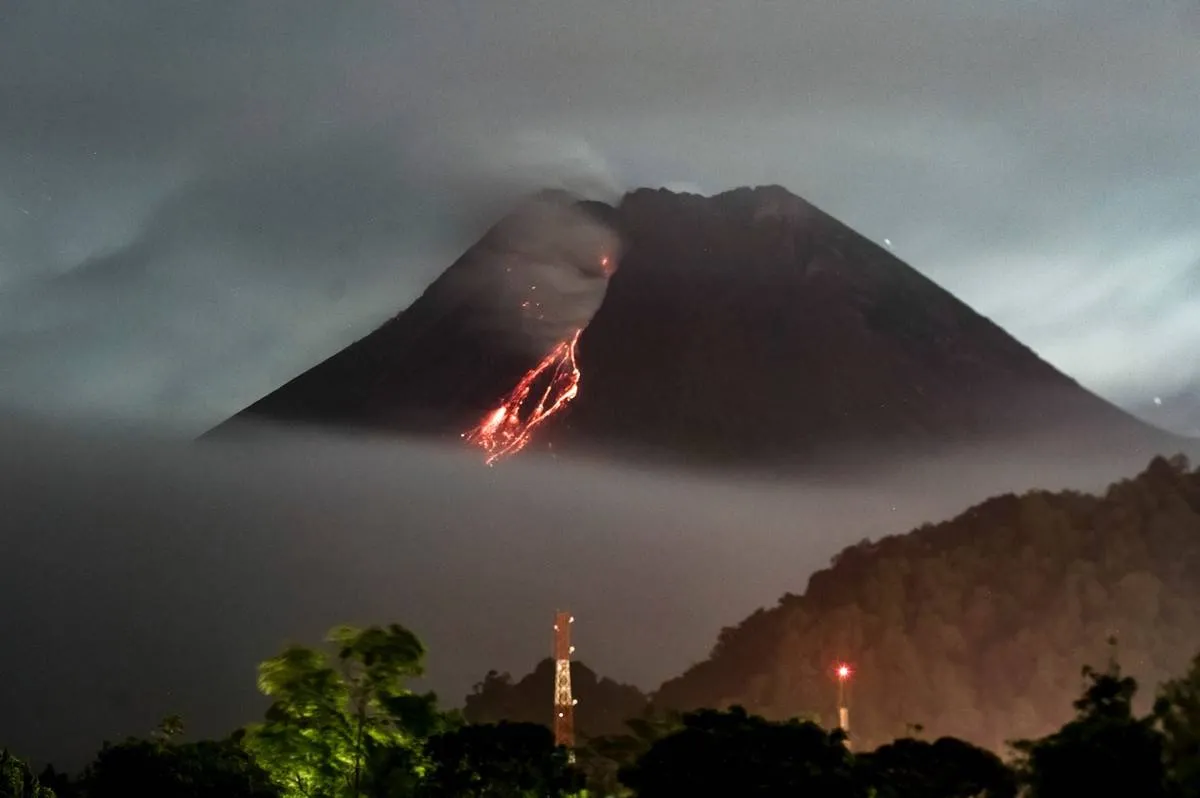
Mount Merapi is Indonesia's most active volcano and one of the most dangerous in the world. It sits on the Pacific Rim of Fire, along with Mount Fuji and Mount Vesuvius. But it erupts much more frequently than any of these volcanoes, at least 68 times since 1548.
Merapi is also more deadly than Hawaiian volcanoes because of its gas buildup. When it erupts, the gas pressure releases, causing lava to pour at 70 mph for at least eight miles. Its large plumes of smoke will also affect 24 million people in the vicinity, according to the Global Volcanism Program.
How The World's Most Treacherous Building Burned Down
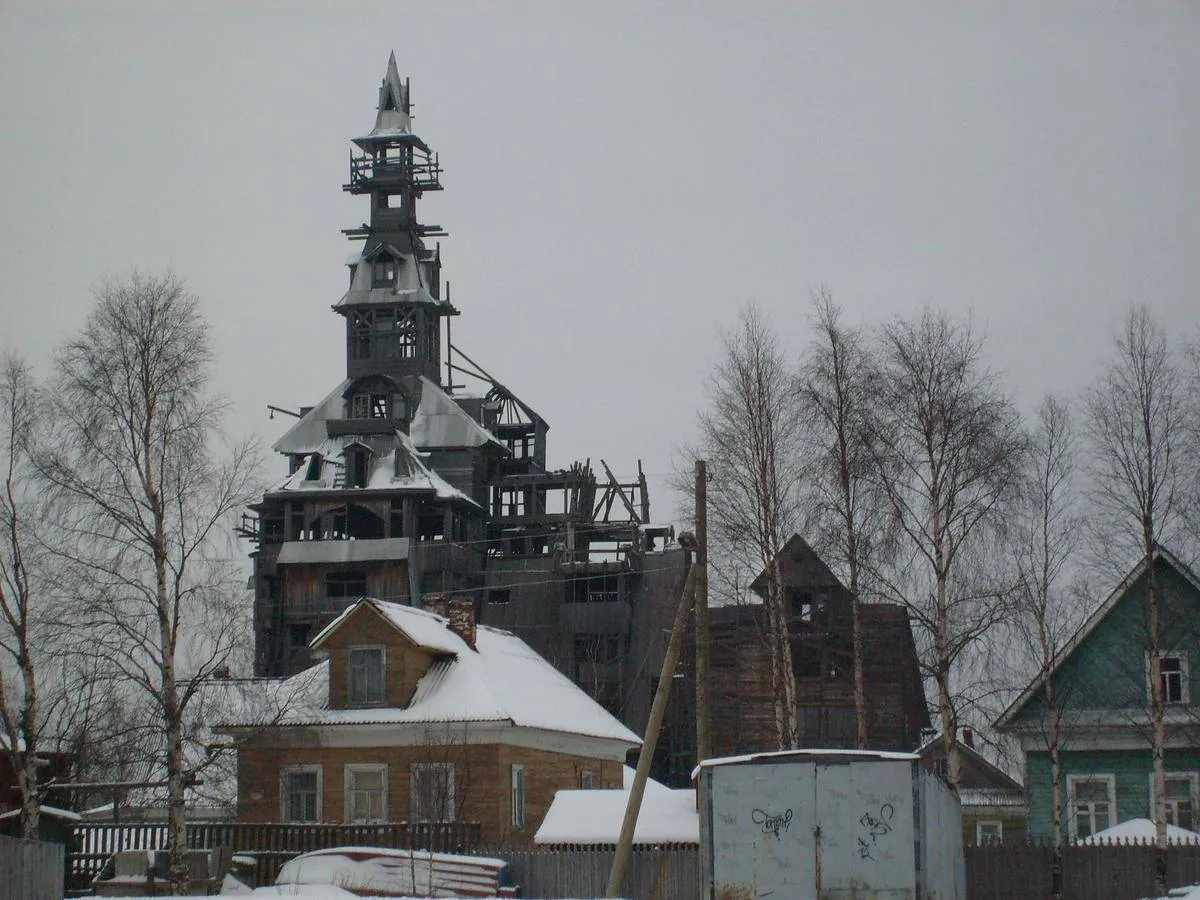
The most dangerous building is the Sutyagin House, which stands in Arkhangelsk, Russia. Its name means "wooden skyscraper," and it is the tallest wooden house in the world. When it was built in 1992, the Sutyagin House was 13 stories tall, with the highest story rising 144 feet.
Because of its decaying planks and rickety structure, many people have been hurt inside Sutyagin House. In 2008, the Russian government condemned it as a fire hazard. They demolished the tower, and for good reason; the remaining four-story house burned down in 2012.
This Snake Is More Lethal Than All Other Snakes Combined
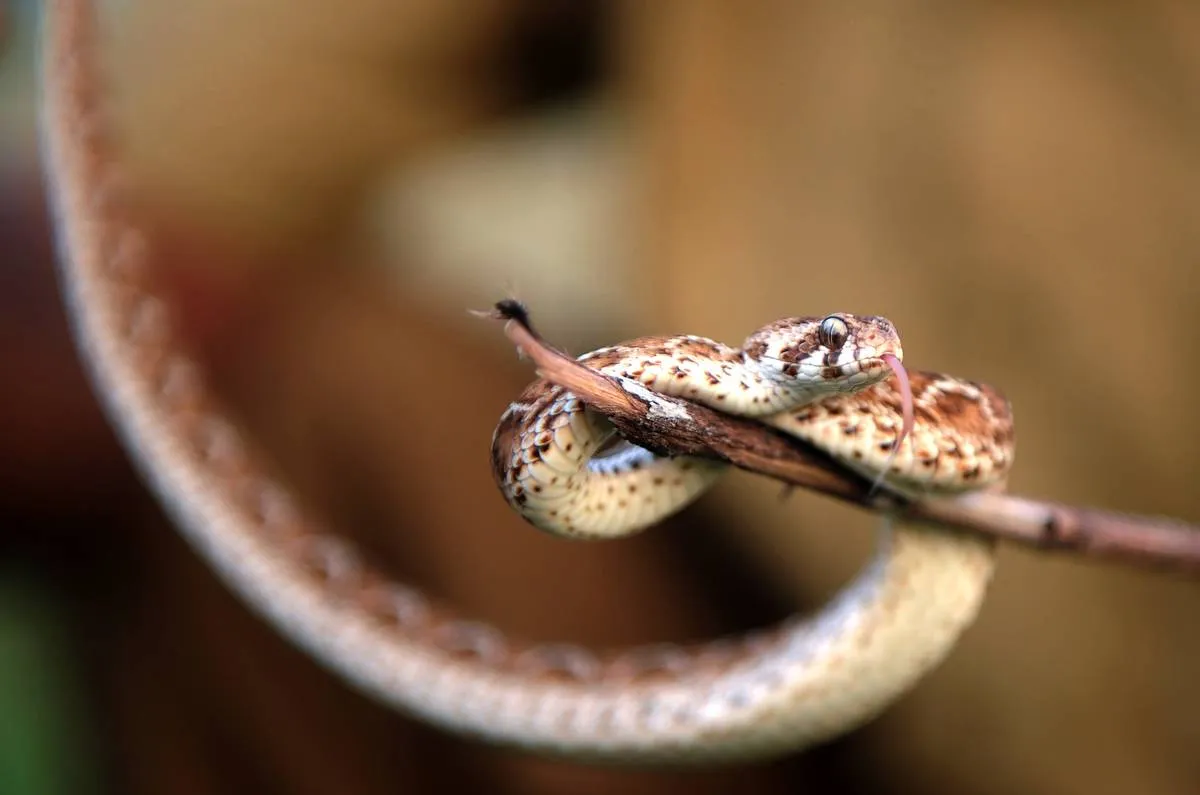
Whether or not you fear snakes, you should stay away from the saw-scaled viper in the Middle East, India, and Central Asia. The saw-scaled viper is the world's deadliest snake, and scientists believe that it has killed more people than all other snakes combined.
This snake is tiny, only one to three feet long, and camouflages in the dirt and sand. However, it is highly aggressive and venomous. Its venom destroys red blood cells and damages nerve cells. Although there is an antivenom in India, scientists still do not know much about saw-scaled vipers.
Although It's Pretty, This Is The World's Most Poisonous Flower

In 2014, a gardener in the UK suddenly died from multiple organ failure. He was unknowingly working with the most dangerous flower in the world, aconitum. Also called wolf's bane, Devil's helmet, or the Queen of Poisons, this flower contains potent toxins in its leaves and roots.
If the roots are ingested, a person will quickly die of heart failure. But aconite's poison also spreads through touch. It is a deadly neurotoxin that absorbs through the skin and causes nausea, vomiting, moving problems, breathing problems, and death. Even so, many garden centers still offer it.









